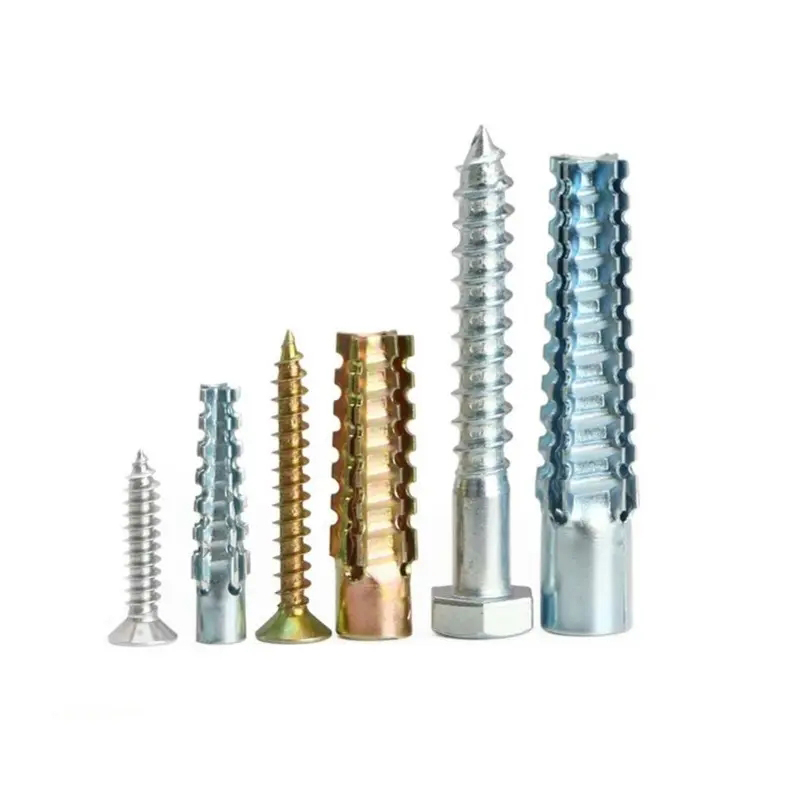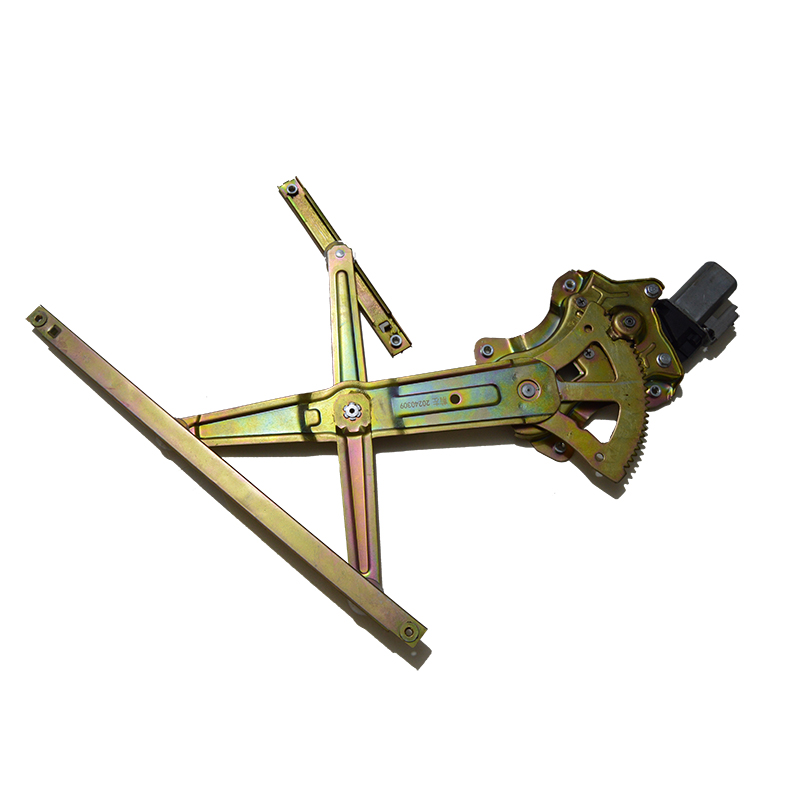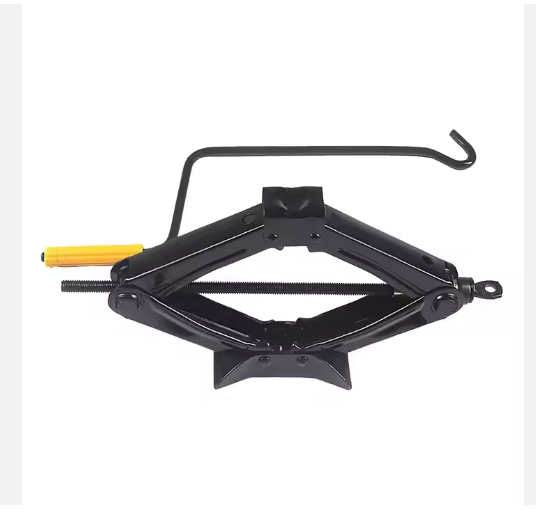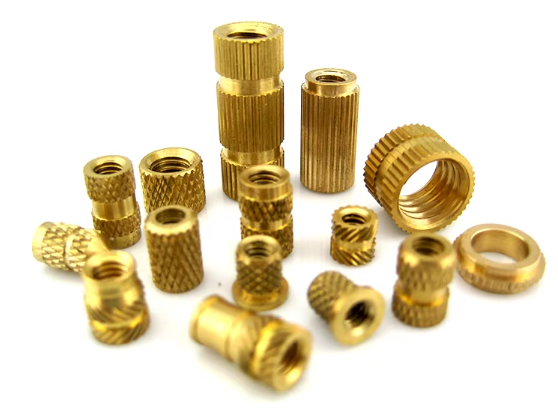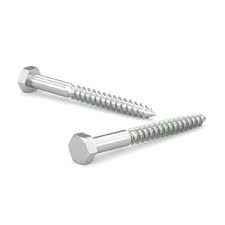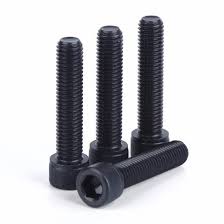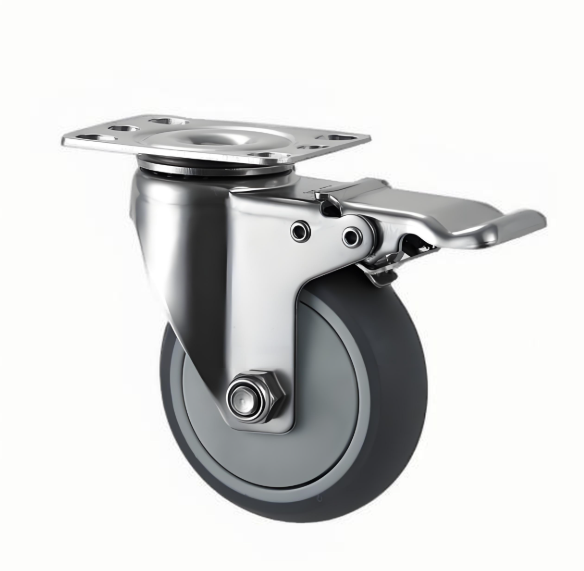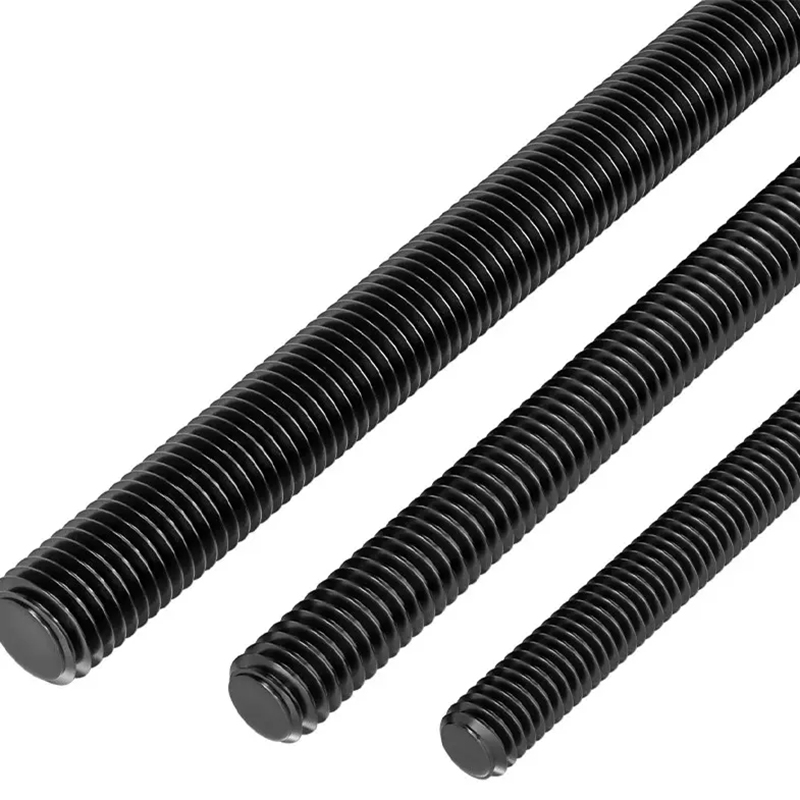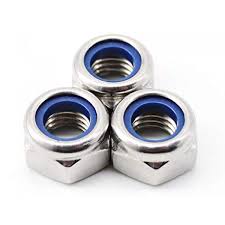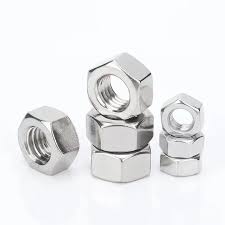

This comprehensive guide explores the world of composite shims, covering their types, applications, advantages, and how to choose the best ones for your specific needs. We'll delve into the materials, manufacturing processes, and key considerations for successful implementation. Learn how to optimize your projects with the right composite shims for superior performance and longevity.
Composite shims are precision-engineered components designed to fill gaps and provide precise alignment between two or more surfaces. Unlike traditional metal shims, they are often constructed from a combination of materials, offering a unique blend of properties. This combination can include materials like metals (steel, aluminum, etc.), plastics, and even elastomers, depending on the specific application requirements. The layering and selection of materials are crucial for achieving the desired performance characteristics.
These composite shims typically incorporate a metal core for strength and stiffness, often layered with other materials for improved characteristics like corrosion resistance or vibration damping. Stainless steel is a common choice for its durability and resistance to various environmental factors. Aluminum offers a lighter-weight alternative, useful in applications where weight reduction is critical.
Utilizing polymers like nylon or PTFE (polytetrafluoroethylene), these composite shims offer excellent wear resistance, self-lubrication, and chemical inertness. They are ideal for applications requiring low friction and resistance to harsh chemicals. The choice of polymer depends on the specific demands of the application.
Hybrid composite shims often combine the best features of both metal and polymer-based types. This might involve a metal core for structural integrity, layered with a polymer coating for enhanced wear resistance and corrosion protection. The possibilities for material combinations are vast, providing flexibility for customized solutions. For example, a steel core with a PTFE coating might be used where both strength and low friction are essential.
The versatility of composite shims makes them suitable for a wide range of applications across various industries. Some common uses include:
Selecting the appropriate composite shim requires careful consideration of several factors:
Compared to traditional metal shims, composite shims offer several advantages:
| Feature | Composite Shims | Traditional Metal Shims |
|---|---|---|
| Durability | Often superior due to material combinations | Can be susceptible to wear and corrosion |
| Corrosion Resistance | Enhanced through material selection (e.g., stainless steel, polymer coatings) | Prone to corrosion, requiring protective measures |
| Wear Resistance | Improved through use of wear-resistant materials (e.g., PTFE) | Can experience significant wear over time |
For high-quality composite shims and other precision engineered metal products, consider exploring the offerings from Hebei Dewell Metal Products Co., LTD. Learn more at https://www.deweLLfastener.com/
This information is for general guidance only and should not substitute professional engineering advice. Always consult with qualified professionals for specific applications.


